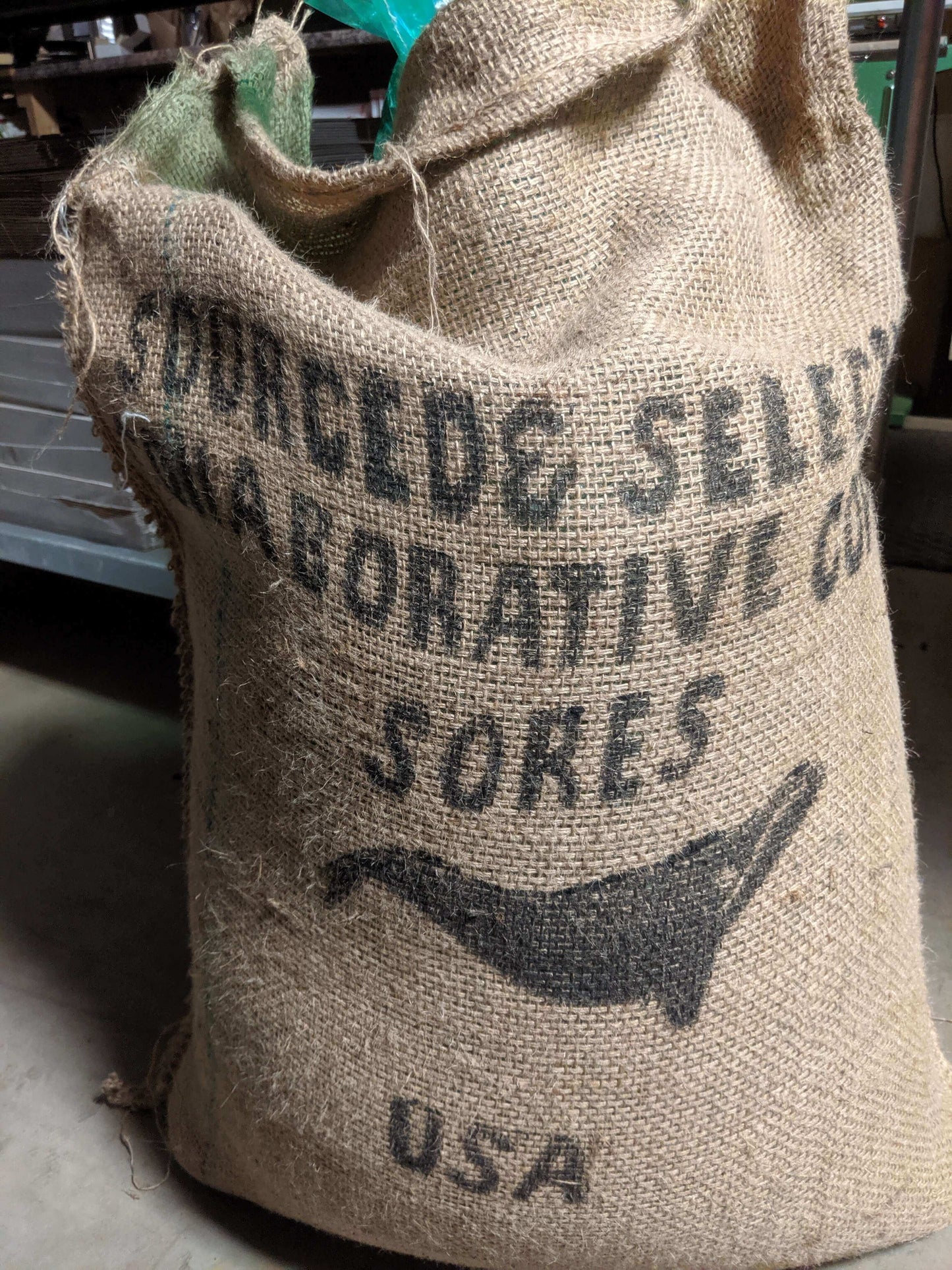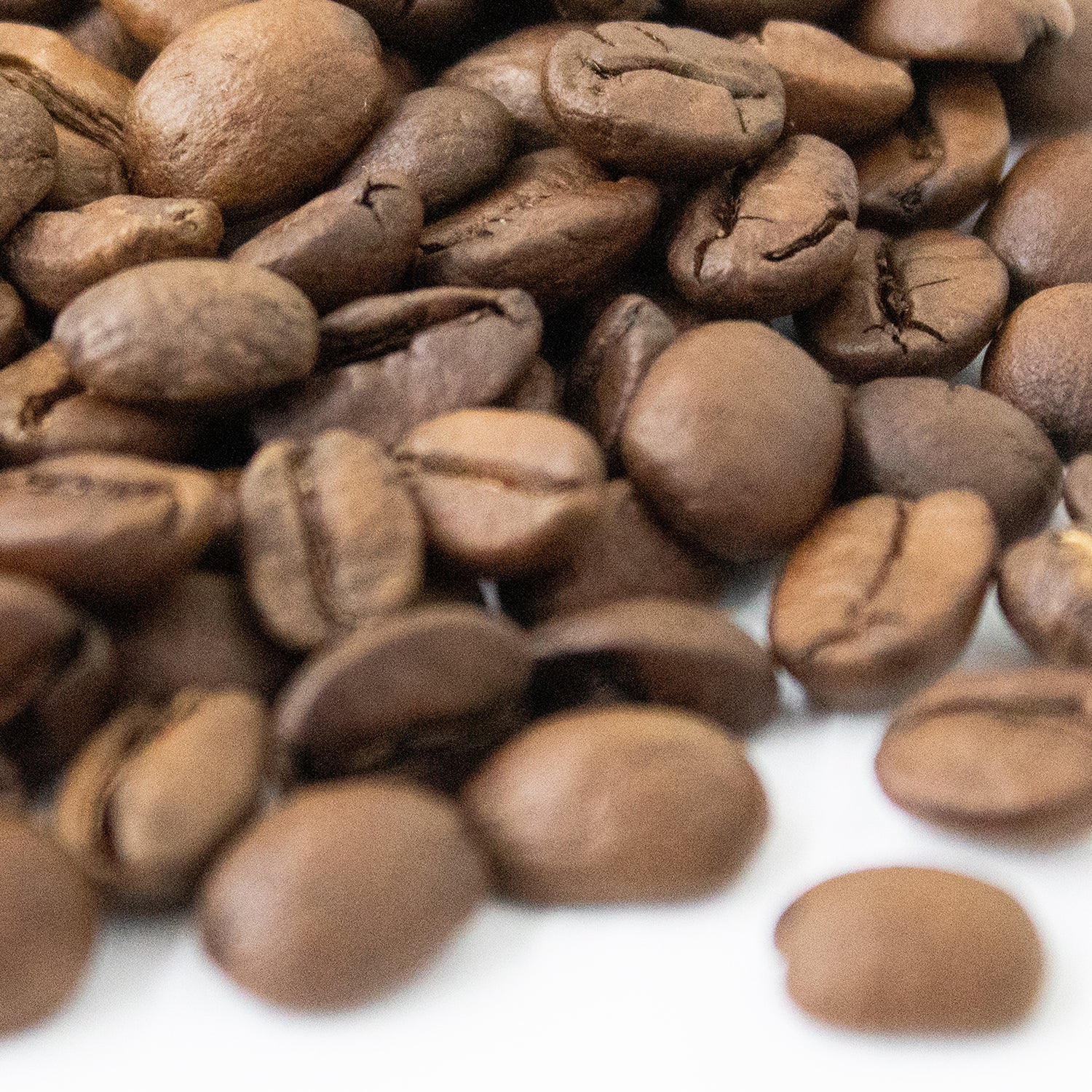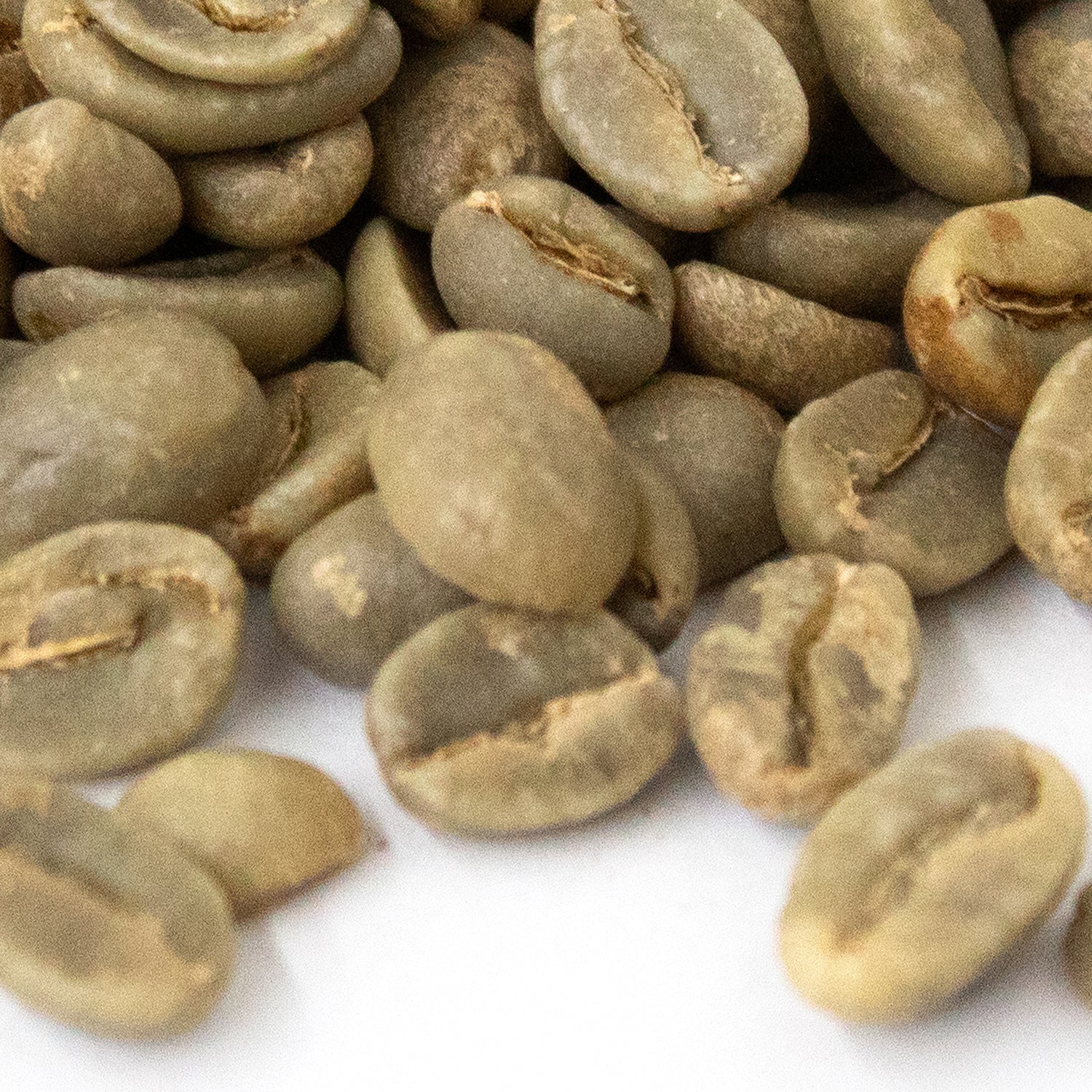African
Ethiopia Yirgacheffe Haro Soresa
Ethiopia Yirgacheffe Haro Soresa
It is being marketed and officially labeled as a Yirgacheffe, but in truth, it is geographically closer to Sidamo or Guji and doesn't share many attributes with a Yirgacheffe. This is a fairly new collaboration of farmers who are working hard to produce really great coffee. The co-op name is QICHA and the mill is Haro Soresa, and the members of the co-op own their own land and are trying to do things the right way.
This is a natural (dry) process coffee and so we are roasting it lightly -- barely even out of the 1st cracks. We can get away with that because the coffee is less acidic and has a thicker body than you would expect in a natural Ethiopian. It doesn't seem to matter if you roast it slow or too fast or if you air roast it or drum roast it. It doesn't matter if you get it a few degrees too dark. It's just good coffee.
There isn't much not to like about this coffee. First of all, even though its grade 2, it doesn't have apparent defects. Really nice quality here and roasts up evenly. Maybe a slight murkiness torward the end, but its really just a cocoa taste that doesn't detract from the enjoyment of the mug. Another thing to note is that it doesn't have as much of the citrus notes usually associated with coffees sold under the Yirgacheffe name. Instead, the fruity flavor here is more of a strawberry and blueberry. Jammy, smooth, creamy, very sweet (a little tart if you underroast it), aromatic, no earthiness or fermented notes whatsoever. It is not a fruit bomb -- it is well balanced. However, if you brew it as espresso you get a lot more blueberry flavor come through. Anyway, it is a very enjoyable coffee, from the appearance and aroma of the green coffee, to the aroma while it roasts, to chewing on a bean hot out of the roaster, the aroma of grinding it, the sweetness and fruitiness of the taste and the creamy texture of the coffee itself. You're going to like this one.
Ethiopian coffees are super late this year, and we still have a lot of them lined up over the next few months, but this one definitely gets the job done as a stop-gap.
US Arrival: August 2019








